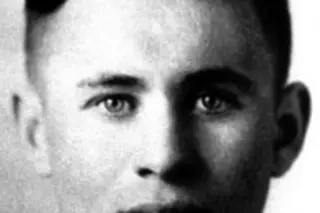There’s an ongoing fascination with the idea of phantom cosmonauts. The story goes something like this: a handful of Soviets launched into space before Yuri Gagarin orbited the Earth, but because they all died their missions and deaths were covered up. The stories are myth. No one flew in space before Gagarin. Even X-15 flights above the Karman line came after 1962. But like any enduring myth, there is a kernel of truth in this story.
The idea of phantom cosmonauts gained traction because the Soviet Union’s early space program was shrouded in fair bit of mystery. Neither robotic nor manned missions were announced until they were successfully off the ground and even then details were sparse and often misleading. It was hard, too, to piece together full programs since unsuccessful launches got a different designation than successful missions. Additionally, observers frequently misinterpreted reports from Soviet news agencies, like one ...














